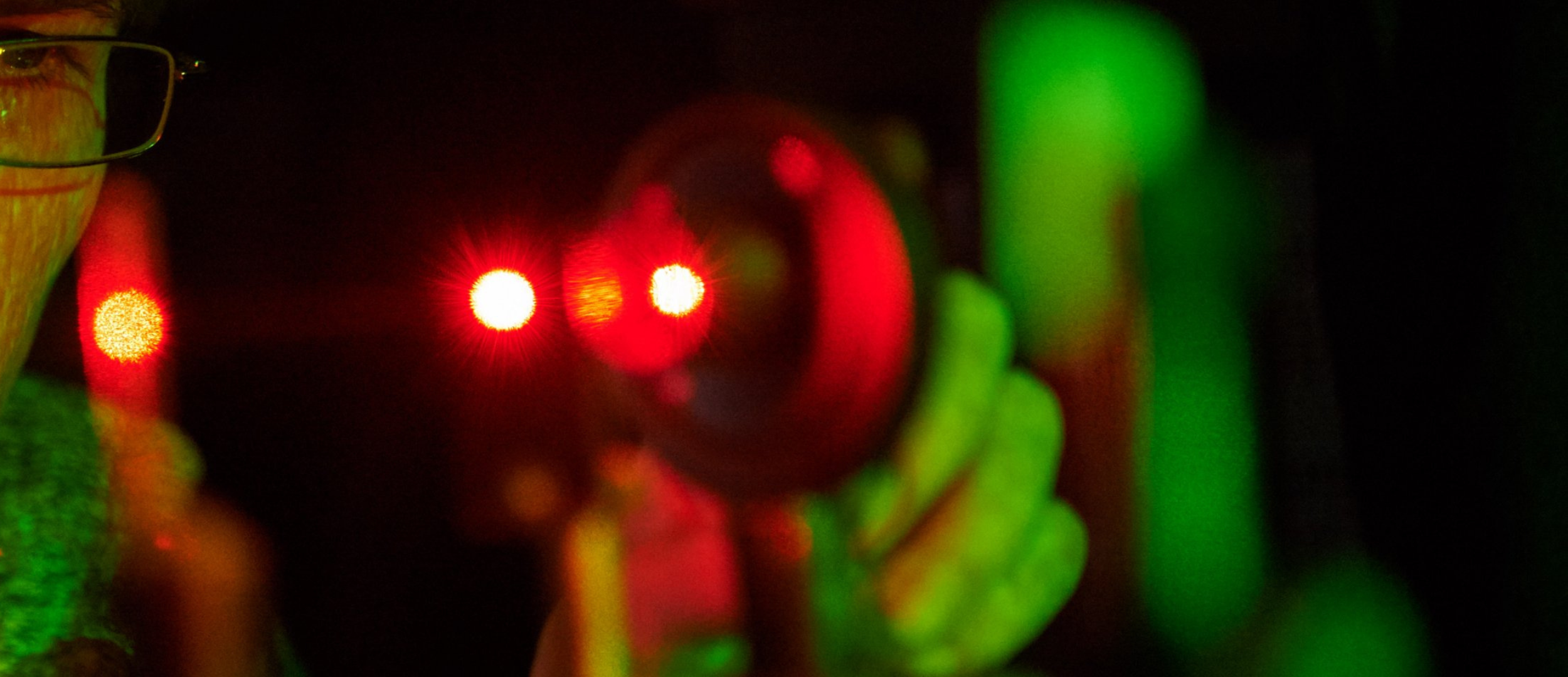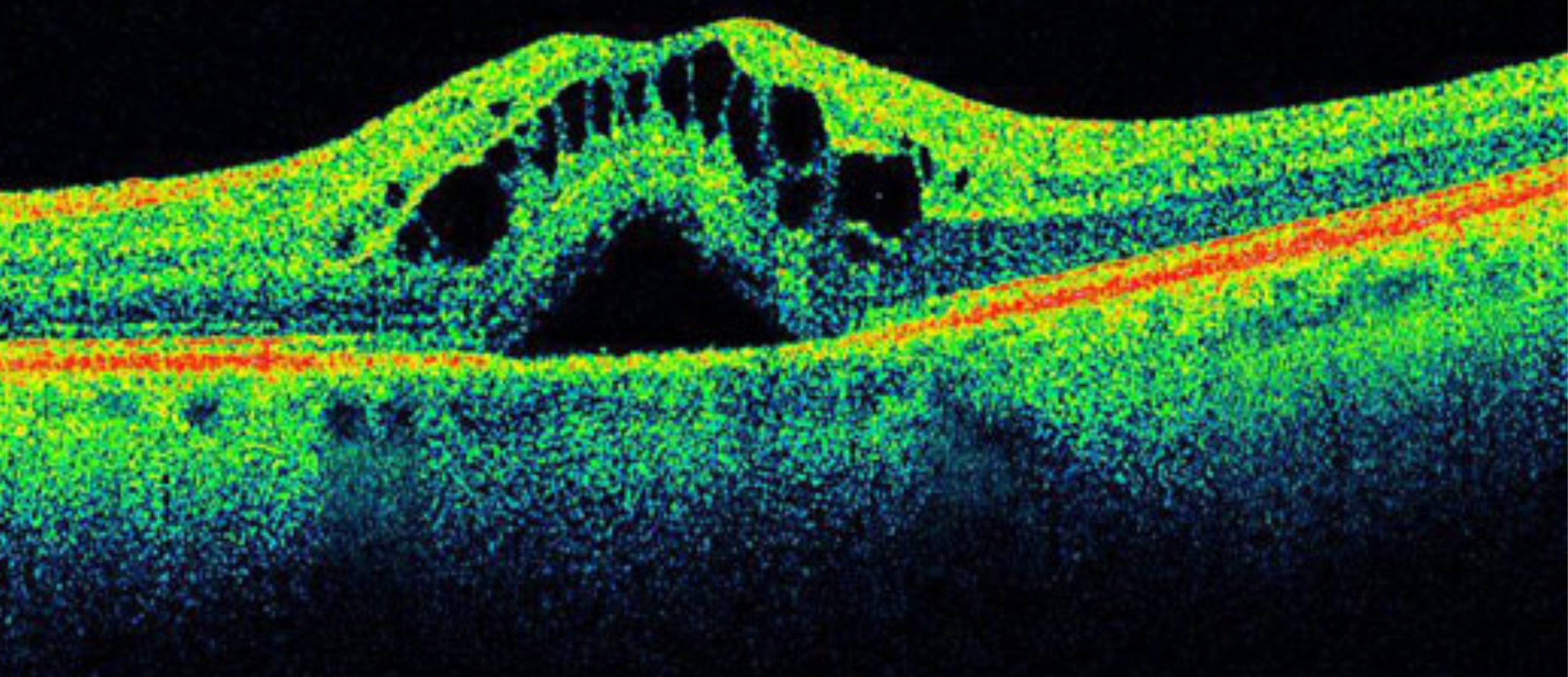In this article, we focus on advancing techniques to measure solvated electrons at the interface between plasma and liquid in a time-resolved manner.
Solvated electrons refer to electrons that are stabilized or surrounded by solvent molecules, typically found in solutions. The plasma/liquid interface represents the boundary between a plasma and a liquid phase.
Time-resolved measurement is studying the temporal aspects of these phenomena, which could provide insights into reaction kinetics, electron transfer processes, or other dynamic behaviours occurring at this interface.
Performing time-resolved measurements of solvated electrons at the plasma/liquid interface typically involves a combination of experimental techniques.
Experimental Setup
The setup involves plasma sources, electrodes, and optical components. Designing an experimental setup for time-resolved measurements of solvated electrons at the plasma/liquid interface requires careful consideration of several components and parameters.
An appropriate plasma source, capable of generating a stable plasma, could be a plasma discharge system such as a dielectric barrier discharge (DBD), corona discharge, or atmospheric pressure plasma jet (APPJ). The plasma source should be adjustable in terms of power, frequency, and duration to control plasma characteristics.
The liquid system is selected for the interface studies, and this may include aqueous or non-aqueous solutions containing solvated electrons. Consider the properties of the solvent, such as dielectric constant, pH, and chemical compatibility with plasma conditions.
In the experimental set-up electrodes must be integrated into the system to facilitate electrical measurements and control of the plasma/liquid interface. Depending on the specific experimental requirements, electrodes may be used for applying voltage, measuring current, or inducing reactions at the interface.
Optical Setup
Optical set-up must be incorporated for spectroscopic measurements. This may include light sources for excitation (FYLA pulse lasers, the Iceblink), optical fibers for light delivery, and detectors for collecting emitted or scattered light.

Time-resolved spectroscopic techniques such as transient absorption spectroscopy or time-correlated single photon counting (TCSPC) can be employed to monitor electronic transitions and dynamics.
By integrating these experimental techniques and approaches, researchers can gain a comprehensive understanding of the dynamics and behaviour of solvated electrons at the plasma/liquid interface and advance the field of time-resolved measurements in this area.
Commonly used laser wavelengths for such experiments often fall within the ultraviolet (UV), visible, or near-infrared (NIR) regions of the electromagnetic spectrum. Specifically, wavelengths in the range of 400 nm to 1100 nm are frequently employed.
It’s important to select a laser with a wavelength that matches the absorption bands of solvated electrons or other species of interest to facilitate efficient excitation and detection. Additionally, lasers with short pulse durations are preferred for time-resolved measurements to capture rapid dynamics at the plasma/liquid interface.
Iceblink for time-resolved measurements of solvated electrons at the plasma/liquid interface
A supercontinuum fiber laser like Iceblink can significantly enhance the field of time-resolved measurements of solvated electrons at the plasma/liquid interface due to its unique characteristics and capabilities
- Broad spectrum emission: Iceblink generates broad spectra covering a wide range of wavelengths, from 450 to 2300 nm. This broad-spectrum emission allows researchers to selectively excite different species present at the plasma/liquid interface, including solvated electrons, with high precision.
- Ultrafast pulses: Iceblink produces ultrafast pulses, <10. These ultrafast pulses are essential for capturing rapid dynamics and transient phenomena occurring at the plasma/liquid interface with high temporal resolution. Thanks to this pulse duration, researchers can investigate processes such as electron transfer reactions, molecular vibrations, and photochemical reactions on ultrafast timescales.
- Tunable wavelengths: Iceblink offers tunable output wavelengths, allowing researchers to tailor the excitation wavelength to match specific absorption bands of solvated electrons. This tunability enhances the sensitivity and selectivity of measurements, enabling detailed investigations of electronic transitions and reaction dynamics.
- High peak power: Iceblink generates pulses with high peak powers, which is advantageous for the efficient excitation of solvated electrons and other species at the plasma/liquid interface. High peak power enables researchers to achieve strong signal intensities and high signal-to-noise ratios, enhancing the sensitivity and detection limits of spectroscopic measurements.
- High pulse repetition rate: Iceblink operates at the high pulse repetition rate of 80 MHz, enabling rapid data acquisition and time-resolved measurements with high temporal resolution. This capability is crucial for capturing fast kinetics and transient phenomena occurring at the plasma/liquid interface, providing insights into reaction mechanisms and dynamics.
- Compact and robust design: Iceblink is compact, robust, and easily integrated into experimental setups. Their fiber-based architecture offers excellent stability (<0.5%) and reliability, making them suitable for long-term experiments and field applications. Additionally, its compact size facilitates miniaturization of experimental setups, reducing complexity and cost.
The integration of Supercontinuum fiber lasers, such as Iceblink, into experimental setups for time-resolved measurements of solvated electrons at the plasma/liquid interface significantly enhances researchers’ capabilities. With broad spectrum emission, ultrafast pulses, tunable wavelengths, high peak power, high pulse repetition rate, and compact design, Iceblink empowers researchers to explore dynamic phenomena with unprecedented precision and sensitivity, advancing the field of time-resolved measurements in this area.






